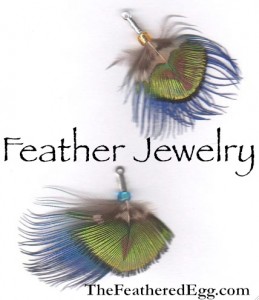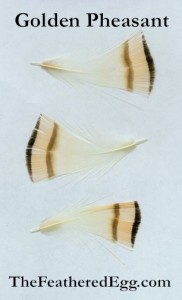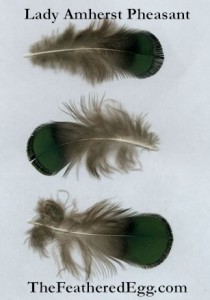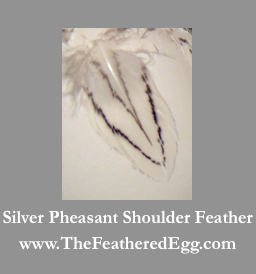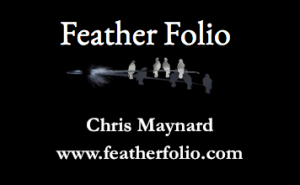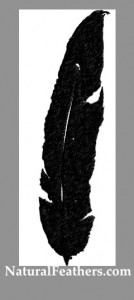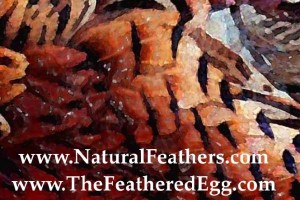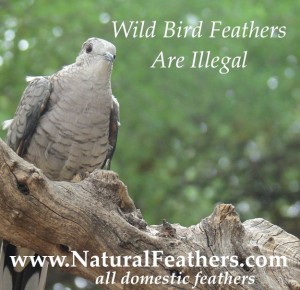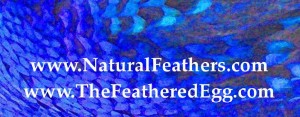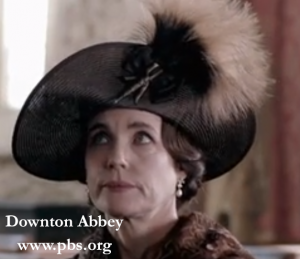
Famous Feathers In Art, Literature, and Film. My series begins with, of course, Downton Abbey season 3 at www.pbs.org
For anyone interested in feathers for arts and crafts, being able to recognize the feathers worn by famous people throughout history is a fun skill.
My blog series about Famous Feathers is designed to do just that. Although most of the historical feathers I will spotlight are probably not cruelty-free feathers, we can hope that modern artists are keeping that in mind as they create new ones.
This series had only just begun – (this is the first post) – when Season 3 of Downtown Abbey provided me with enough gorgeous, astounding, amazing, exciting feather headpieces to keep me going for a year!
Feather headgear in the 1920s and earlier was big business in the United Kingdom. It was not only fashion, it was also politics. Status, influence, public relations… it was huge. And the kind of feather, placement in the hat or bad, height, color, reach… conveyed a language all of its own.
The 1920’s, which is the setting for Downton Abbey’s third season, would be known as the Roaring Twenties in America, but for England, it was a time of change for the aristocracy – wearers of the famous feathers.
The Migratory Bird Treaty Act of 1918 had outlawed some of the feathers that used to be used in making the headpieces, so milliners had to be more creative with the legal feathers. They did this by shaping, dyeing, trimming, and using different parts of the same species over and over again.
We kick it off with the Lady Crawley and her elegantly understated wedding rehearsal hat. A dark cloche with a pinned up brim, secured by a floating froth of tan, beige, to dark brown – whatness? I’m guessing Ostrich floss feathers. The floatiest of frothiest plumiest floss that comes from underneath the wing.
I don’t currently sell ostrich feathers, because the cruelty-free feathers for arts and crafts for sale at www.TheFeatheredEgg.com are from our own flock of humanely-raised pheasant, partridge, quail, chickens, geese, ducks, and turkeys.
But someday, ostrich, emu, rhea! I do have emu… which is a foreshadowing of the next Famous Feathers post. Who is wearing emu at Downton Abbey?

